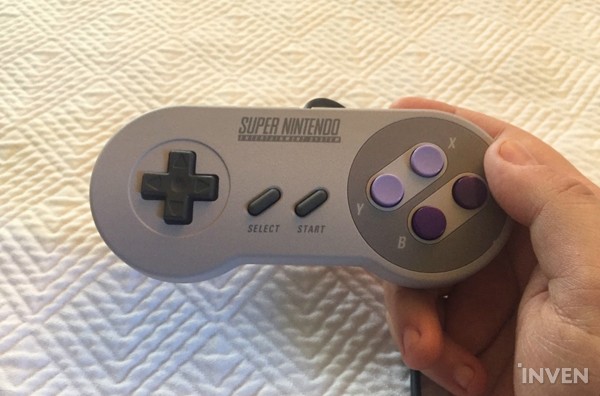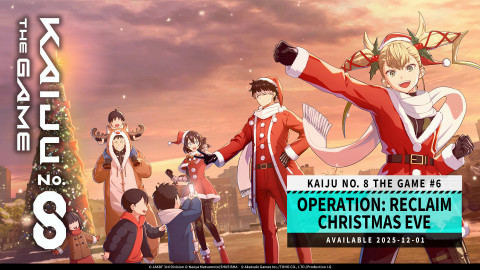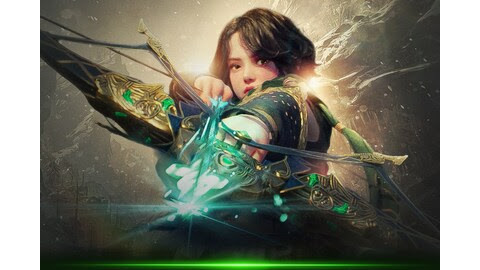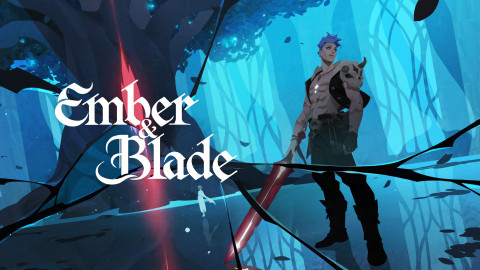
2016’s Nintendo Entertainment System: Classic Edition was nostalgia in a box. For just $60, players who grew up with games like Ninja Gaiden and Castlevania could experience them all over again, with authentic-feeling controllers and even a CRT filter to simulate the look of their childhood television sets. It was like being transported back to a simpler time, when your biggest worries were about turning in your homework on time and learning the secrets to Metroid’s labyrinth of a map.
Even as someone who wasn’t alive when the NES ruled the world, I still had fond memories of exploring in The Legend of Zelda and battling Bowser in Super Mario Bros., but once we separated the nostalgia and attempted to play the games as they existed in 2016, it became apparent that many simply hadn’t withstood the test of time. Movement in Super C and Castlevania felt too stiff. Final Fantasy lacked the charm of its sequels. Zelda II: The Adventure of Link failed to capture what made the first game so great. But it wasn’t just design changes that needed to be made. These games simply needed more advanced hardware in order to showcase what made them special, and with this year’s Super Nintendo Entertainment System: Classic Edition, we no longer need to rely on the past to enjoy what’s inside the box.
Last year’s NES Classic was small, but there’s something almost comical about the size of the SNES Classic due to the original 1991 system’s chunky buttons. They’re only about the size of two thumbnails on the new plug-and-play system, with the “power” and “reset” text almost impossible to actually read. The system doesn’t include a usable cartridge slot and the ejection button is also just a dummy, but the system looks identical to the original console at first glance.

Inspect it a little closer, however, and you’ll see the modern additions Nintendo has made. Like with the NES Classic, the system features both an AC port and an HDMI output port on the rear of the device, and its included USB power adapter is just as short as it was on last year’s console – you’ll either need immediate access to a power outlet or an extension cord in order to use it.
The front of the console sports two round SNES-style controller “ports,” but they’re simply a cover for the more modern ports hiding underneath, which have been used on a variety of older Nintendo devices. Just pull the piece of plastic away and the ports are accessible, and they can easily be covered again in order to preserve the authentic look for display.
Two controllers are included in the package this time, which seems fitting given its $80 price tag compared to the NES Classic’s $60. One of the greatest video game controllers ever made, the original SNES gamepad featured fantastic shoulder and face buttons, and these are perfectly replicated in the new console. The directional pad does still feel a little soft, but the controllers have that nearly indestructible feel found on Nintendo’s older hardware. While I wouldn’t want to slam it onto asphalt, it feels like it could take much more of a beating than the Switch’s Joy-Con controllers or the Pro Controller.

What has unfortunately not seen much of an improvement is the controller cord’s length. It’s now five feet instead of the three feet on the NES Classic, but that is still much too short for most players’ gaming setups. This makes purchasing an extension cable a necessity, but you can use the same ones compatible with the NES Classic if you already purchased them. Unfortunately, you’ll still find yourself having to physically get up to reach the SNES Classic itself, as the only way to switch between the system’s games or use a suspend point is to hit the “reset” switch. It’s a pretty minor gripe, but it’s one that could have been remedied with an additional switch on the side or back of the controller itself.
When you first boot up the system, you’re greeted with a lively, colorful menu backed by a chiptune that takes you right back to the 1990s. It can be slightly overwhelming at first, as nearly every game included on the SNES Classic is classic, but once you take a deep breath and decide on a game, there’s really no better system to play it on.
As with the NES Classic, you have three different screen modes to choose from for each game. The default is 4:3, which offers a nice, crisp picture at the aspect ratio you saw on your old televisions, while the CRT option adds scan lines, which look right at home in the majority of the games – it was my preferred choice. The “pixel perfect” option, which is square, also looks quite sharp, but something is just off about viewing a game from that perspective. It was my least favorite of the three, though the games are still perfectly playable in the mode.

To make up for the black bars on either side of your television, a number of borders can be used to fill up the space. One replicates the glow given off on the sides of a CRT television’s screen, while my personal favorite placed wood grain panels around the screen. Many of the other options are simply too colorful for use in most games, especially those requiring your complete attention, so I found myself gravitating toward the more basic options.
One of the biggest additions to the software in this year’s system is the “rewind” feature, which allows you to turn back time on any game and try a section again. It’s also used for creating short highlight-reel clips when the system is idle for long enough, and it can be especially handy for tough twitch-based games like Contra III. However, it’s only accessible after hitting the reset button, which is a pretty big pain when you’re trying to fight a boss over and over again. Luckily, games with built-in save functionality don’t require you to hit the reset button at all. Even if you don’t make a suspend point before shutting off your system, your progress will be preserved.
Of course, all the bells and whistles in the world couldn’t save a system loaded with bad games, and the SNES Classic does not disappoint. There’s something for virtually every kind of player included in its 21-title lineup, including role-playing classics like Secret of Mana and Final Fantasy VI, platformers like Donkey Kong Country and Super Mario World, and action-adventures like Super Castlevania IV and The Legend of Zelda: A Link to the Past. From top to bottom, the lineup of classic titles chosen for the system is superb, and though it contains fewer games than last year’s system, far more of the games in the SNES Classic are worth playing.
There is, however, one game that had me scratching my head: the previously canceled Star Fox 2. Unlocked in the system by completing the first stage of the original Star Fox, the sequel may have been ambitious in 1995, but several of its biggest ideas feel like missteps for the series, failing to capitalize on the simple, linear gameplay that made the original game and Star Fox 64 so successful.

Instead of going from mission to mission in a set order, as was the case with the original game, Fox McCloud and his wingman are free to explore the Lylat System as they see fit. Taking place in real-time before each dogfighting mission, you must direct your Arwing ship toward enemy spacecraft, as well as planets under attack, before ultimately making your way to big baddie Andross for one final battle.
The freedom offered to players extends to the missions themselves, with the Arwing turning into the ground-based “Walker” for interior areas, but there is almost no challenge at all – bosses go down in just a few hits, and though your damage from one mission will carry over to the next, you can return to your mothership at any time to completely restore your shields. All in all, it only took me about 40 minutes to complete the entire game, and my time with it just made me want to boot up the first Star Fox, instead.
Slight feature annoyances and the underwhelming Star Fox 2 aside, the SNES Classic is fantastic not as a novelty, but as your one destination for the masterpieces of yesteryear. The SNES saw Nintendo at its absolute peak in the early ‘90s, creating legendary entries in its biggest franchises while also attracting third-party support from some of the most acclaimed studios on the planet. If you grew up with the system, all those memories of time spent in your pajamas on the floor playing Super Mario World will come flooding back. But even if you’ve never checked out the 16-bit era, you’re in for games so incredible, they can never be touched by time. Given its relative scarcity, your only decision should be on how to get an SNES Classic, rather than if you should buy one in the first place.
Disclaimer : The following article was written freely based on the author's opinion, and it may not necessarily represent Inven Global's editorial stance.
Sort by:
Comments :0






